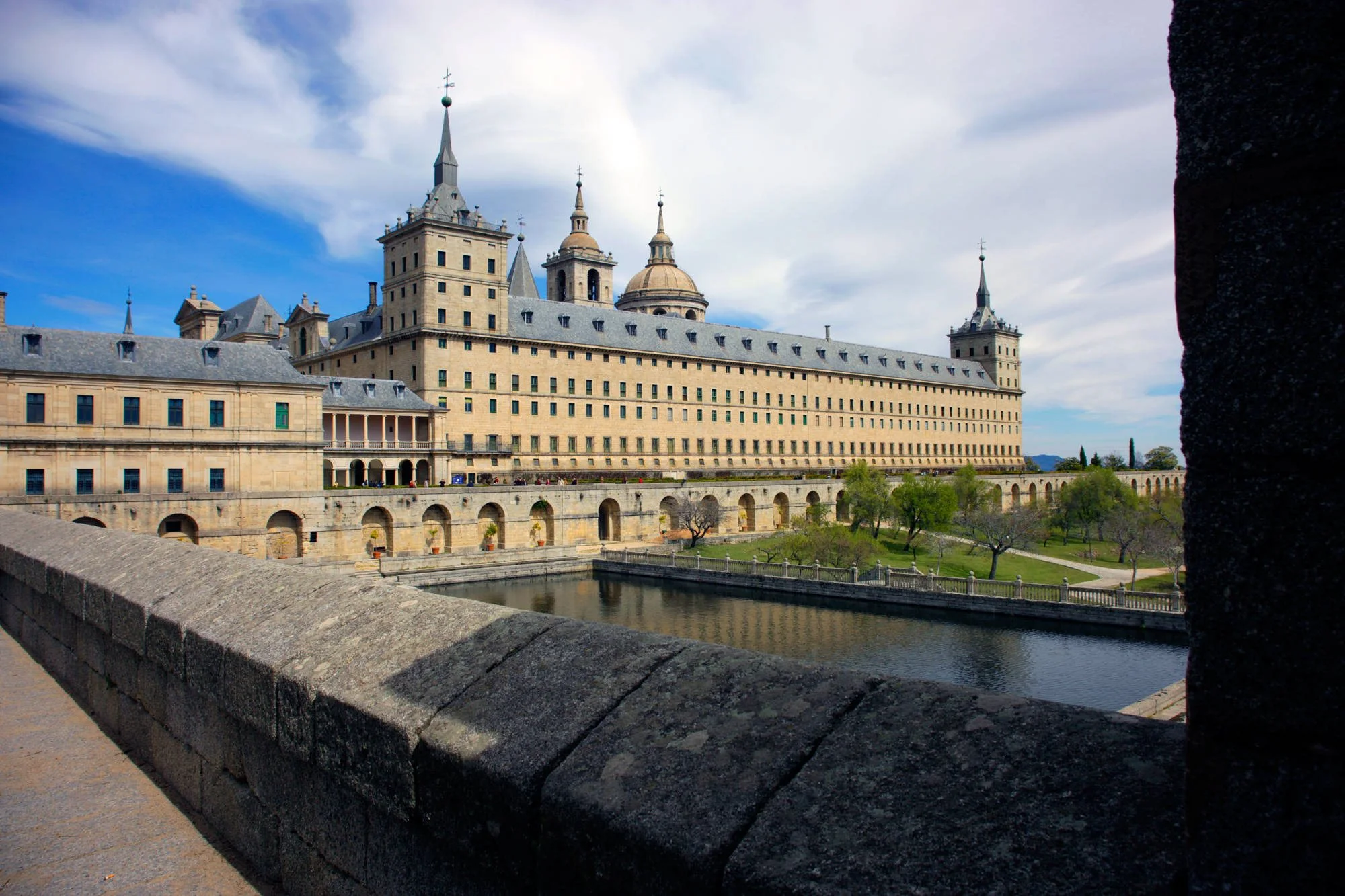
Cookie settings
We use our own and third-party cookies in order to offer our services, display videos, obtain statistics and offer personalized advertising.
For more information, please read our cookies policy.

The Spanish art from the XVI Century is related to the art from the Counter- Reformation. In this sense, the Monastery of El Escorial becomes the best and major representative of the Catholic Counter- Reformation. The concepts holy and profane, practical and symbolic appear clearly connected.
The 10 August 1557, Saint Lorenzo´ s Day, the Spanish troops, under the duke Manuel Filiberto de Saboya´ s orders, achieve a decisive victory over the French troops near St Quentin. This victory gives Felipe II a level of power similar to the one that, 10 years ago, Carlos V achieved in the battle of Mühlberg.
This is the building with which the king dedicates all his life to the defence of religion. The King´ s life, which ends with a tragic death, is continued thanks to his support to the Catholic faith in the monument of El Escorial that is a fortress which ensures his defence. The aim of El Escorial answered the intentions of the Council of Trent that was opened by Carlos V and that could be carried out thanks to Felipe II. It is a protest against Lutheranism and an expression of the majesty of the Church.
Inside the kingdoms of that plural Spanish Monarchy not all people always agreed with the renewal of the international action carried out by Carlos I and Felipe II, and that drove them from the Italy´ s wars to the participation in the French civil fight. The political consequences increased and the divisions between Protestants and Catholics marked the lines of divisions in the political Europe of that time.
It is obvious that the Counter- Reformation supposes a change in society that goes beyond the Theological thinking. Felipe II´ s reign marks a transcendental milestone in the History of Madrid, because he was who decided the definitive removal of the Court to this town in 1561.
Address and telephone
Opening times
Prices
If you see any mistakes or want to add anything to this information, please contact us.
To display this map, you have to accept analytical and advertising cookies. Cookie settings.